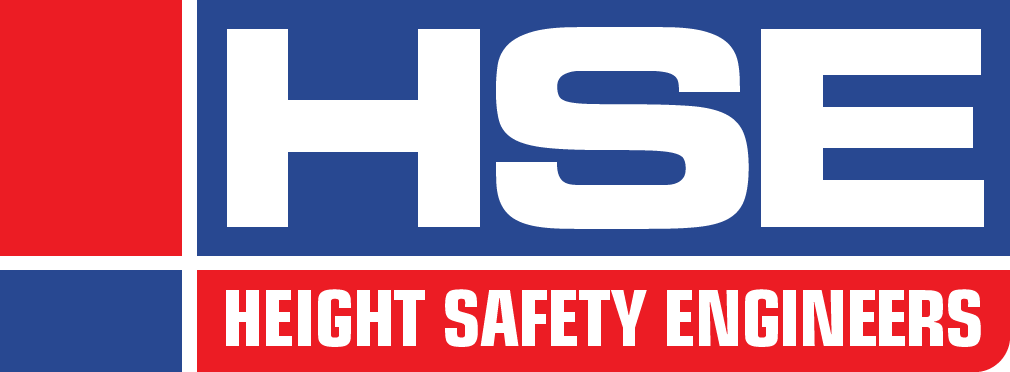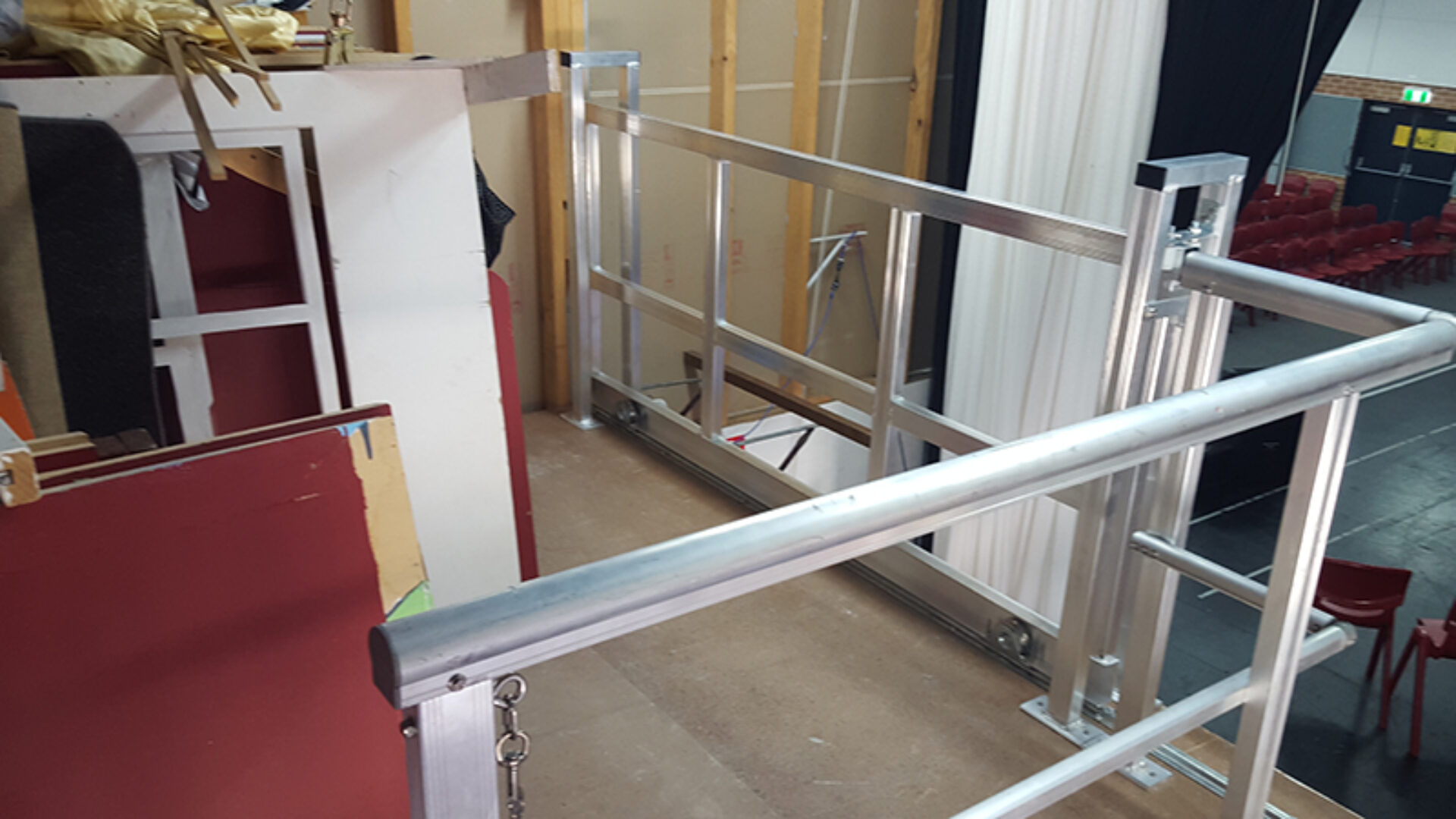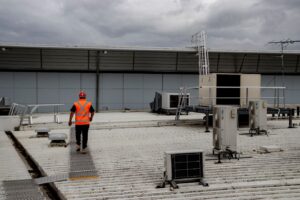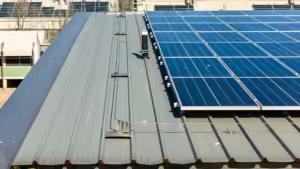When most people think of working at heights, they think of getting up on a roof. But fall risks exist in many more places you might not immediately consider.
For many people, when they think of “working at heights” the image they have in their minds is someone getting up on a roof to clean out the gutters, replace a roof tile, or retrieve the miss-kicked football.
But for those with a duty of care to provide a safe workplace and safe system of work for their team, it is critical they understand that under work health and safety statutes, fall risks exist in many more places than they might immediately recognise.
What is a fall risk?
In NSW, the Work Health and Safety Regulation 2017 provide guidance on the risks to worker health that must be addressed by the person conducting and business or undertaking (PCBU).
The Regulation states that the PCBU must manage “risks to health and safety associated with a fall by a person from one level to another that is reasonably likely to cause injury to the person or any other person” (Part 4.4, cl.78).
It also provides a range of examples of what these fall risks could look like, including things like a worker being:
- in or on an elevated workplace
- in the vicinity of an opening
- in the vicinity of an edge
- on a surface through which a person could fall
The Regulation also points out a fall risk includes “any other place from which a person could fall”.
The purpose of wording the Regulation in this way is to demonstrate that any place where a person can sustain an injury from a fall is a risk that needs to be managed.
Previous versions of workplace health and safety laws have contained more prescribed definitions of a fall – for example, by prescribing a distance at which it is considered working at heights.
However, statistics have continued to show that falls remain one of the biggest sources of injuries sustained in the workplace. Many of these falls occurring from heights less than the prescribed distance. As a result, the definition has been broadened to encourage wider understanding of what a fall risk is.
In this post, we look at some recent examples of falls from height that have occurred in places that are not from roofs.
Falls through voids
Voids and penetrations through floors can present a significant fall risk if adequate controls are not present.
In one example recently before the NSW District Court, a company was convicted after failing to meet their obligations under the Regulation. A worker involved in removing formwork from a building, fell 4.5 metres through a penetration in the floor after removing its unmarked and unsecured covering, not knowing the penetration was there.
Falls involving scaffolding
Temporary structures – such as scaffolding – present significant fall risks. They combine structures that are not permanent alongside structure that may still be under construction.
Another recent example in NSW, a worker fell 2.8 metres after stepping on a loose bearer. The fall also resulted in his leg being impaled on an exposed piece of reo bar.
Falls through skylights
While skylights allow improved amenity of indoor areas through supply of natural light to otherwise enclosed spaces, they can often be source of a fall risk as most skylights are not designed to be trafficable or load bearing.
This example also highlights the importance of completing correct training to assist in the identification of fall risks before undertaking work at heights.
At this site, workers were installing insulation in the roof of a shed building being used as workshop. The work involved removing roof sheeting, installing the insulation, and then replacing the roof sheets.
One worker, after removing a roof sheet, took a step backwards and fell through a skylight, which was not trafficable. They fell approximately 6.5 metres into the concrete floor below, sustaining several broken bones.
The worker was not wearing a fall arrest harness and there were no control measures in place to protect against the risk of a fall.
The investigation after the accident found that workers had never completed any working at heights training.
The lack of training is a significant contributing factor as not only would it have provided skills in the use of fall protection systems and relevant PPE, but also would have given them the knowledge required to identify the skylights as a specific fall risk that would require mitigation.
Identify your risks and protect people
Working at heights – no matter the circumstance – is dangerous. It is vital that before work is started that all risks are identified, and steps taken to mitigate them as most practicable.
Having workers trained in how to work safely at heights is, arguably, the most important step a PCBU can take. Proper height safety training equips workers with the skills required to identify risks of falls and fall protection systems that may be compromised or not adequate for the work they need to complete.
For building owners, facility managers and others responsible for places where people work at height, completing a height safety audit can identify areas where fall risks are present that you may not be aware of. An audit will also provide methods through which those risks can be mitigated.
Protecting people is everyone’s responsibility and knowing that fall risks may be present in situations beyond the immediately obvious can help workers get home safely.
